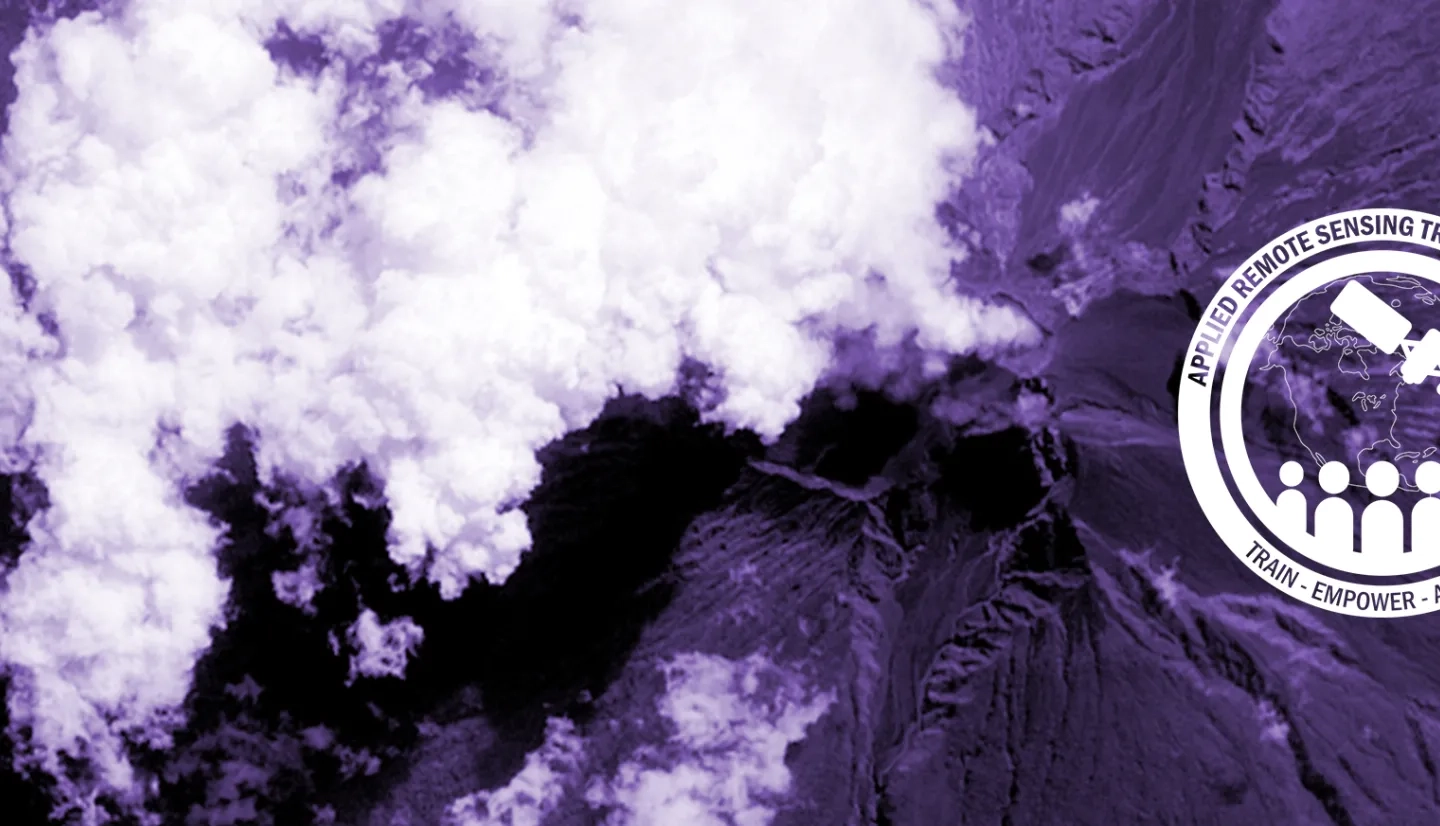Among NASA’s A-Train roster of satellite platforms there are two carrying instruments which measure trace gases appropriate for air quality studies and monitoring: Aqua and Aura. Among the most useful instruments on-board these two platforms are AIRS, OMI, and TES.
Unlike remote sensing of aerosols that use the signature of aerosol scattering, remote sensing of trace gases uses the signature of gas absorption at distinct absorption spectra. By knowing how and by what amount different molecules absorb radiation at different wavelengths, we can identify a "fingerprint" for each atmospheric constituent and estimate physical measurements (such as number density, partial pressure, column amount) of the different gases.
We provide lessons on pertinent background information on trace gas detection and products and give a tour of NASA’s satellite trace gas products and some applications, i.e. what is available/applicable for air quality studies. Users are urged to look at the online documentation available at the Goddard DISC about each trace gas to understand the sensors limitations and how to read and interpret the data. The accuracy of the measurements will vary with meteorology/transport, chemistry, polluted vs non-polluted regions, and exceptional events.
